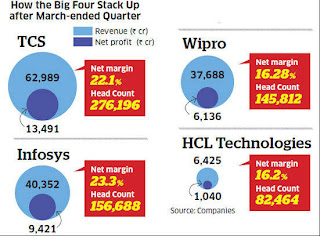Silently Foreign Institutional Investor money is fleeing from investments in Indian infrastructure. The latest to exit from all India Infrastructure investments was the world's largest India dedicated infrastructure fund, UK based 3i India Infrastructure Fund."While the case for infrastructure development in India remains unaltered, private infrastructure investment in India has faced more political, market and macroeconomic challenges than we expected when we initially made our commitment to the India Fund in 2007," 3i said in a statement issued last Thursday. As of March 2013, the fund's India investments were valued at about 80% of their cost in dollar terms, 3i said.
This is the latest in a continuing saga of enthusiastic FIIs investing in India and then pulling out after facing bureaucracy and intransigence from government officials. As I have blogged before, near term outlook for the Indian economy continues to deteriorate and it is only a matter of time before the bubbly Indian stock market implodes.


